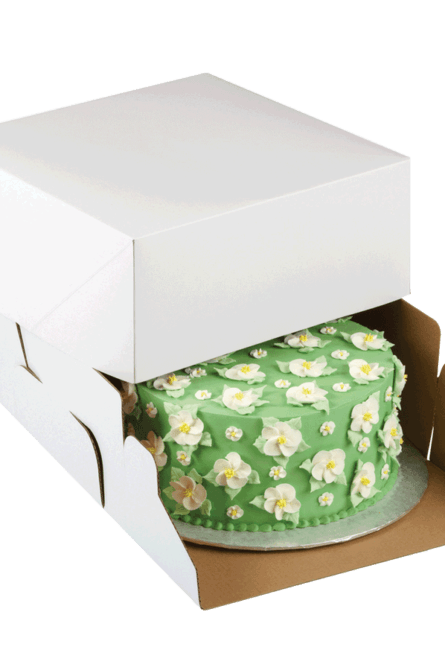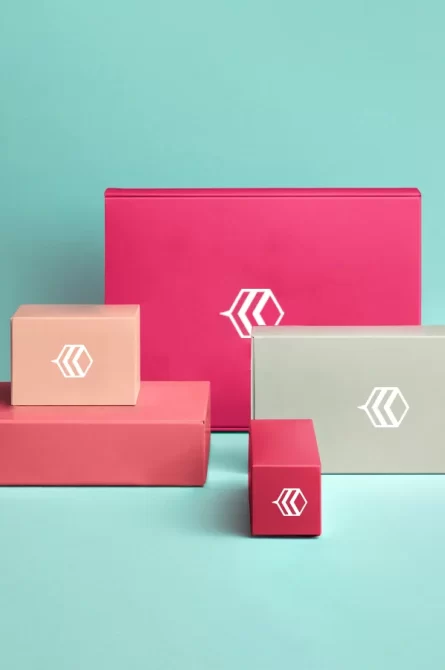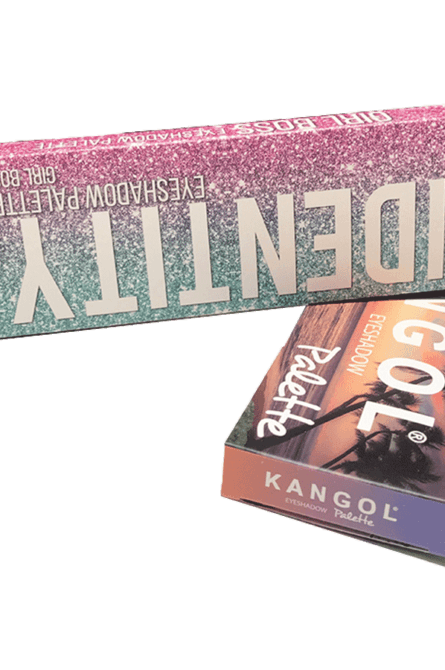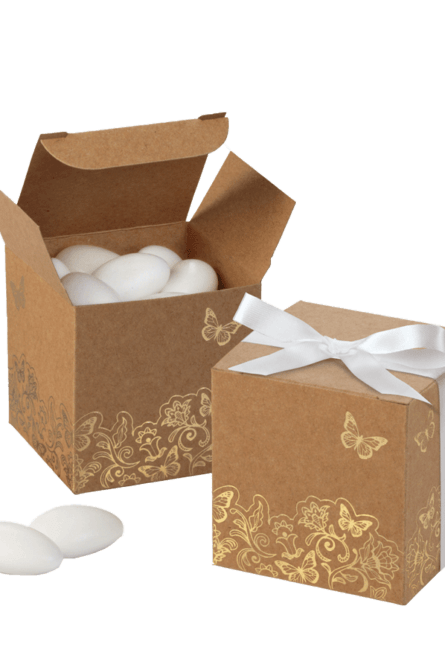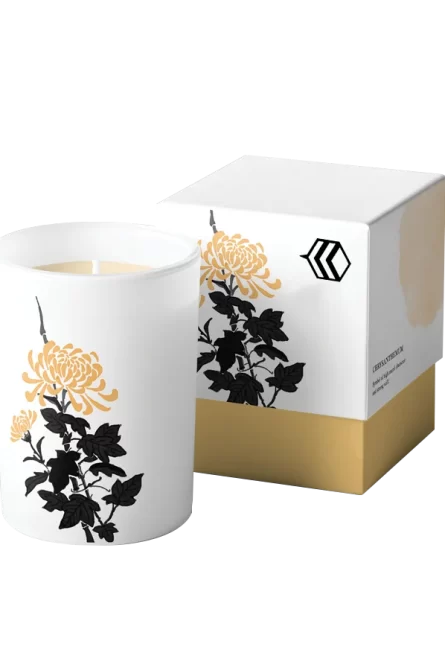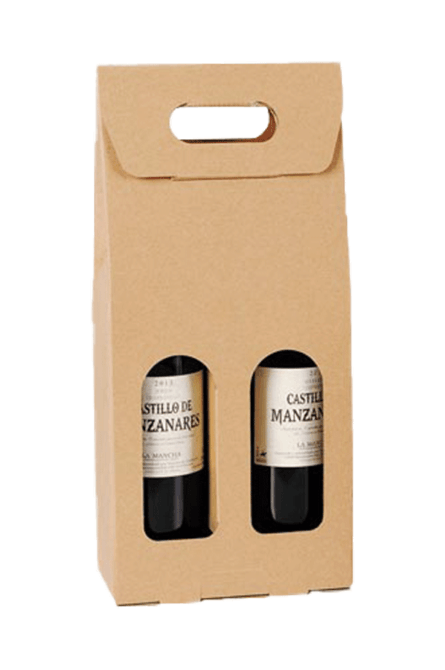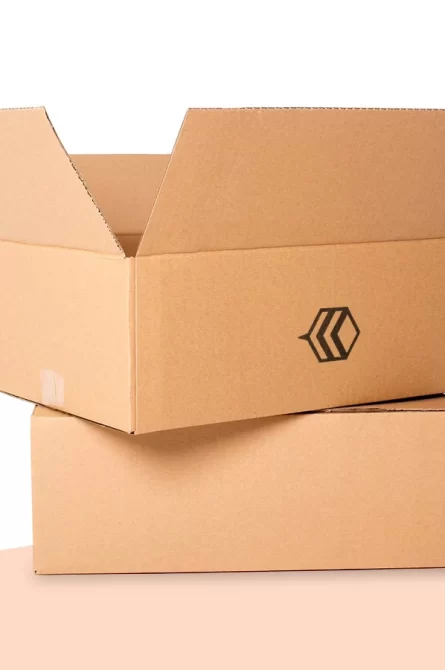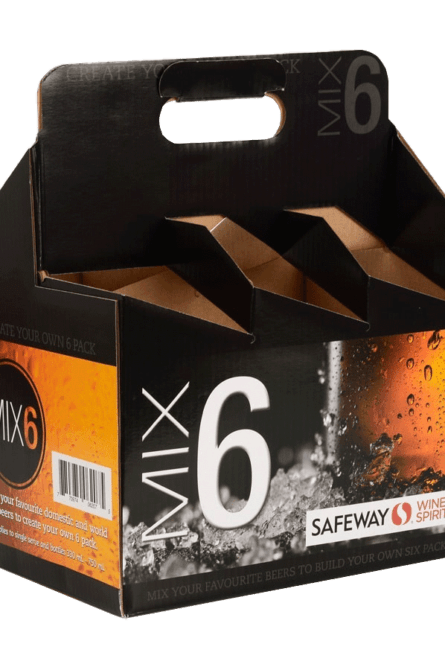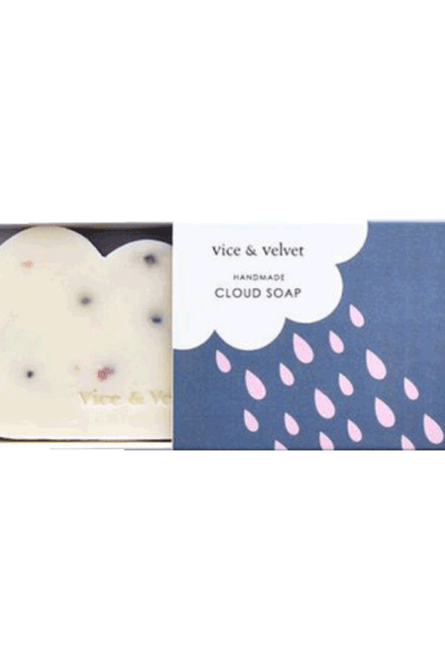04
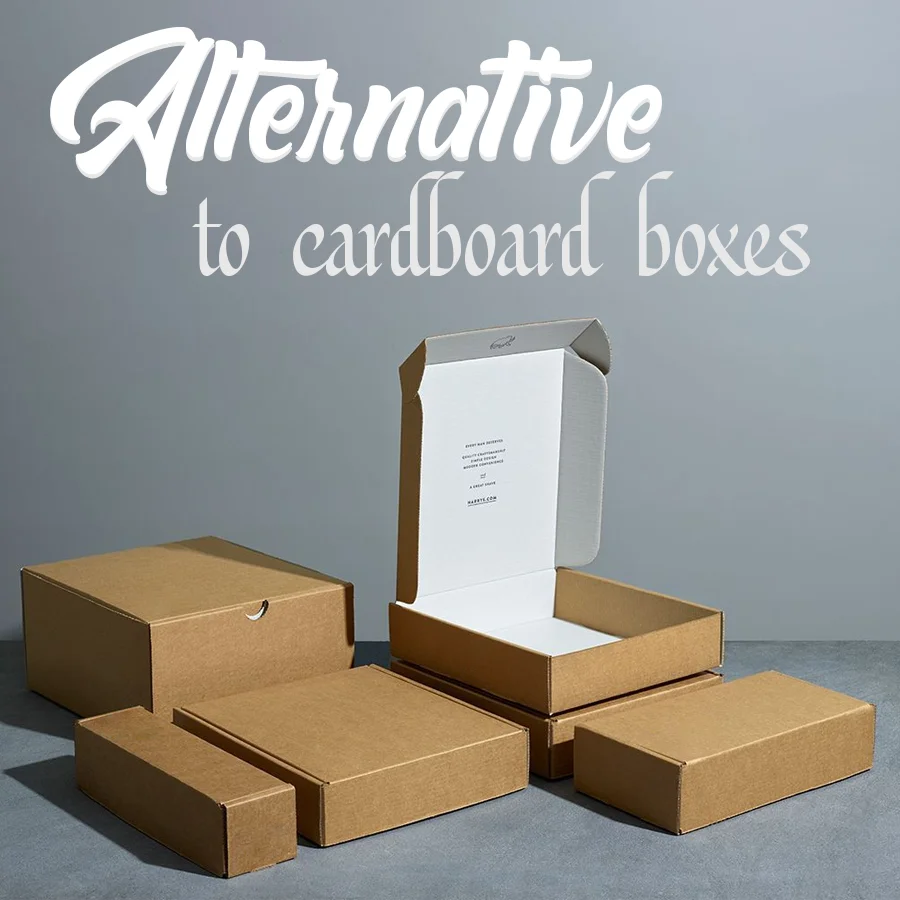
When it comes to packaging, cardboard boxes are a staple, but they’re not the only game in town! As businesses look for more sustainable options, it’s time to consider alternatives that protect your products and positively impact the environment.
Many choices cater to functionality and eco-friendliness, from biodegradable materials to innovative designs. Let’s explore great options to elevate your packaging while helping the planet!
Say Goodbye To Cardboard With Eco-Friendly Alternatives
Are you looking for sustainable packaging methods? Ditch that cardboard and go green. Again, find alternatives that shield your product while saving the planet. You’ll be making a positive impact with a package that reflects your brand’s commitment to protecting the environment.
Let’s take a look at the options alternative to cardboard boxes listed below!
- Cornstarch Packaging
Cornstarch packaging is one of the wonders and renewable options manufactured from starch contained in corn. It is biodegradable; it decomposes in compost, leaving no harmful waste. It is light and sturdy enough to ship and protect your items without adding extra pounds to your shipment costs. Additionally, this is a great way to show that you truly care for the environment.
- Bubble Wrapping
Conventional bubble wrap sheets are usually create from plastic, but gradually, eco-friendly versions are becoming popular, too.
These wraps are create from recycled materials, making them a greener alternative for protecting fragile items. They offer great cushioning during shipping and will ensure your products arrive in one piece. The fun factor of popping those bubbles remains, all the while you help reduce plastic waste!
- Mushroom Packaging
Mushroom packaging, create from mycelium or the root structure of mushrooms, is a game-changer for eco-friendly packaging. It is biodegradable and compostable; hence, nature degrades it, leaving no refuse behind. This rigid packaging provides excellent protection to your products while shipping. Additionally, this can be one of the selling points that will shine with eco-conscious customers!
- Peanut Packaging
Another worthy alternative to the commonly used foam peanuts is biodegradable packing peanuts. Since these packing peanuts are create from natural ingredients, they dissolve in water without creating a mess.
They give really great cushioning for fragile products without weighing much, proving to be very budget-friendly in shipping. Changing to biodegradable peanuts is an easy change that can make a huge difference for the Earth!
- Seaweed Packaging
Seaweed packaging is the most innovative of all. It is a sustainable material fashioned in biodegradable and edible forms, which makes it really interesting for food products. Lightweight and versatile, seaweed packaging lends a unique touch while helping to cut down on waste. Plus, it’s fun for the customer—who wouldn’t be fascinated by edible packaging?
- Recycled Cardboard
If you prefer the more classic cardboard option, recycled square cardboard boxes are a good choice. It uses fewer resources and energy than producing new cardboard, which helps reduce your carbon footprint.
It’s equally versatile and can be tailored to your brand’s feel. Recycled cardboard boxes with logo also assists in promoting sustainability while providing the protection your various products need.
- Plastic Packaging
While plastic tends to be frowned upon, there are now eco-friendly options create from plant-based materials. These alternatives provide the durability and moisture resistance needed for certain products while being less harmful to the environment than traditional plastics. With these options included printable cardboard boxes, you can answer your packaging needs in a much more responsible fashion.
- Other Edible Materials
Think out of the box with edible packaging manufactured from rice or seaweed. Such packages are ideal for food items and make your packaging quite interesting.
Besides saving significantly on waste, they would give your customers something extra to munch on. That’s an excellent reason to differentiate and show your concern about sustainability!
What’s The Life Cycle Of Cardboard?
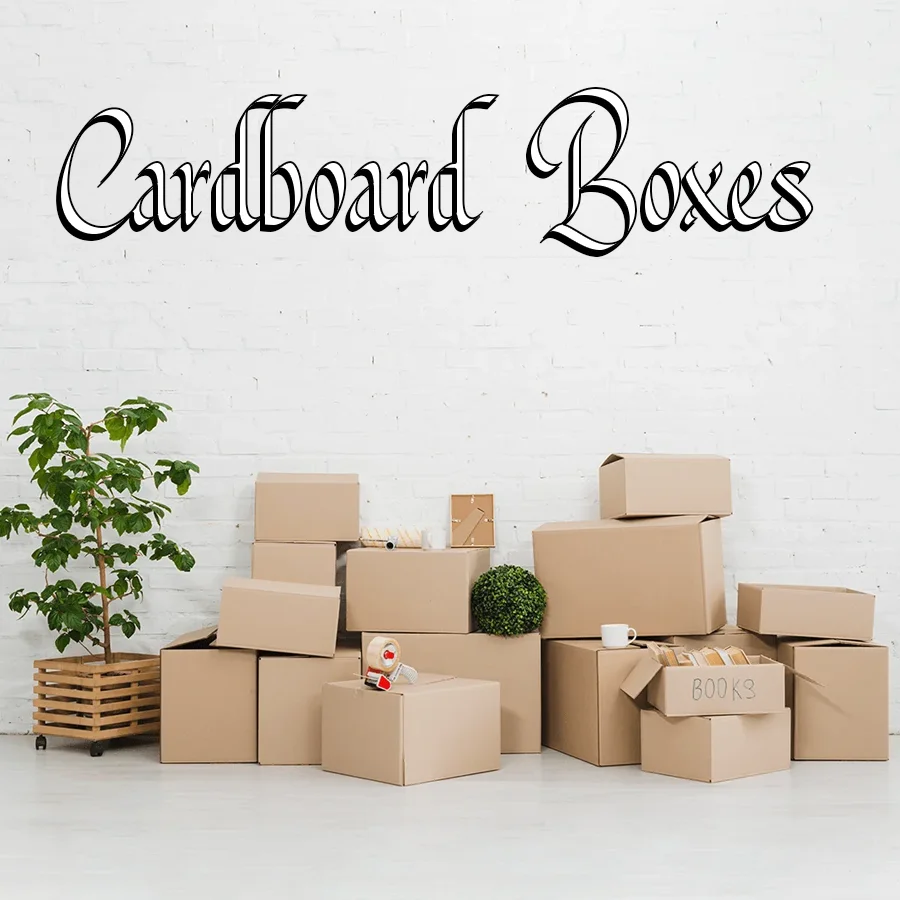
The life cycle of cardboard depends on factors such as the cardboard type and its application. Untreated cardboard is said to survive about two to three months when exposed to the elements, like moisture and sunlight. However, if it is kept in a cool and dry place, it could last up to several years. Cardboard is biodegradable. It breaks down without human intervention in a few months to some years.
This is dependent on prevailing environmental conditions. It can be remade into other products through recycling, hence taking a much longer life cycle. Proper care and storage go a long way in maximizing its life for packaging or crafts.
Pros And Cons Of Using Cardboard
A trendy choice of packaging material for many companies, cardboard has several ups and downs. While the material is friendly to the environment and reasonably inexpensive, there is another side to the coin. Let’s delve into the pros and cons that can help you make an informed decision!
Pros:
- Eco-Friendly: Cardboard is recyclable and biodegradable, which contributes to reducing landfill waste.
- Cost-Effective: Generally inexpensive, cardboard keeps packaging costs down for companies, freeing up money for other areas.
- Lightweight: Being lightweight reduces shipping costs and is easier to handle, thus helping with the immense shipping scale.
- Flexible: Easily adaptable to different sizes and dimensions, cardboard works with a wide range of products and can be a great marketing tool for brands.
- Protection: Thin cardboard boxes provide excellent cushioning, ensuring the products arrive with minimal damage during mailing and storage.
Cons:
- Durability: Cardboard is fragile and less strong than other materials like plastic. It becomes even more so when exposed to moisture.
- Short Life Span: If not kept under proper conditions, it may decay over time, affecting its effectiveness for long-term use.
- Not Waterproof: Ordinary cardboard is prone to moisture; hence, sensitive items would probably require additional protective layers.
- Low Luxury Feel: Cardboard is functional but may not give a premium feel—one possible drawback for high-end brands.
Wrapping It Up
Finding the perfect packaging for your brand and the environment can be tough, but a look at these alternatives for custom cardboard boxes will lead you to some pretty functional, eye-catching, earth-friendly options.
Ready for a change? Let your packaging shout out loud that you mean business and, therefore, have to make sustainable and creative choices!



